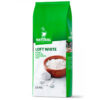Chlamydia in Racing Pigeons
Chlamydia in Racing Pigeons: Understanding, Treating, and Preventing This Common Respiratory Disease
Racing pigeons are incredible athletes, requiring peak health to perform at their best. One of the most persistent health challenges fanciers face is Chlamydia, a microorganism that is commonly present in pigeons. While many birds may carry Chlamydia without showing symptoms, stress or exposure to new strains can trigger outbreaks that severely impact racing performance and overall health.
In this guide, we’ll explore everything pigeon breeders need to know about Chlamydia in racing pigeons—including its causes, symptoms, treatment options, and essential loft management strategies to prevent outbreaks.
What is Chlamydia in Racing Pigeons?
Chlamydia is a microorganism that primarily affects the respiratory system in pigeons, but it can also spread to other organs such as the liver, bowel, and reproductive system. The disease is highly contagious and spreads through direct contact with infected birds, airborne particles, or contaminated surfaces in the loft.
Causes of Chlamydia in Pigeons
Chlamydia is often present in a pigeon’s system without causing immediate harm. However, certain factors can trigger an outbreak, including:
- Exposure to new strains – Contact with stray pigeons, racing events, or new introductions to the loft can introduce unfamiliar strains.
- Loft stress – Overcrowding, extreme temperatures, poor ventilation, or transportation stress can weaken immune defenses.
- Secondary infections – Other diseases, such as Salmonella or respiratory infections, can create an opportunity for Chlamydia to spread aggressively.
- Nutritional deficiencies – Poor diet can weaken a pigeon’s immune response, making it more susceptible to infections.
Symptoms of Chlamydia in Racing Pigeons
Detecting Chlamydia early is crucial for effective treatment. Common symptoms include:
- Respiratory distress – Infected pigeons often develop air sac infections, making breathing difficult.
- Nasal and ocular discharge – A clear or mucous-like discharge from the nose or eyes.
- Ruffled feathers – A sick pigeon may look unkempt and have rough plumage.
- Lethargy and weakness – Affected birds may become inactive and uninterested in flying.
- Weight loss – Progressive loss of body mass despite normal feeding habits.
- Tremors and lack of coordination – Some birds develop neurological symptoms due to organ damage.
- Dead-in-shell youngsters – Infected breeding pigeons may produce eggs where the squabs fail to hatch.
- High urates in droppings – White, chalky deposits in droppings indicate organ dysfunction.
If you notice any of these signs, early intervention is key to preventing the spread of Chlamydia throughout the loft.
Treatment for Chlamydia in Racing Pigeons
Fortunately, Chlamydia in pigeons is treatable with the right medications. Here are the most effective options:
1. Antibiotic Treatment
- Doxycycline – This is the most widely used antibiotic for treating Chlamydia in pigeons. It is usually administered for 30-45 days to fully eradicate the infection.
- Tylosin – Effective in combination with doxycycline, particularly when secondary bacterial infections are present.
- Enrofloxacin (Baytril) – Used for severe cases but should be administered under veterinary guidance.
Dosage & Administration:
- Always follow the recommended dosage based on veterinary advice.
- Ensure that antibiotics are administered consistently over the entire course of treatment.
2. Supportive Care
While treating Chlamydia, it’s essential to provide supportive care to help your pigeons recover faster:
- Electrolytes & Probiotics – Maintain gut health and hydration.
- Multivitamins – Boost immune response and overall health.
- Liver support supplements – Help mitigate damage caused by Chlamydia infection.
Loft Management Strategies for Chlamydia Prevention
Prevention is always better than cure. Implementing proper loft management practices can minimize the risk of Chlamydia outbreaks.
1. Improve Loft Hygiene
- Regularly clean and disinfect perches, nesting areas, and feeding stations.
- Avoid damp conditions that promote bacterial growth.
- Reduce dust and airborne contaminants by maintaining proper ventilation.
2. Control Bird Introductions
- Quarantine new pigeons for at least 3 weeks before introducing them to your loft.
- Monitor for signs of respiratory disease in new birds before full integration.
3. Reduce Loft Stress
- Avoid overcrowding; provide enough space for each pigeon to reduce competition.
- Maintain a consistent daily routine to minimize disruptions.
- Reduce exposure to extreme temperatures and ensure proper ventilation.
4. Monitor Health Regularly
- Conduct routine health checks on all pigeons.
- Observe droppings for irregularities.
- Schedule seasonal veterinary screenings to detect hidden infections.
5. Strengthen Pigeon Immunity
- Provide a balanced diet rich in essential nutrients.
- Supplement with Vitamin A, D, and E for respiratory and immune health.
- Include probiotics and prebiotics to maintain a healthy gut microbiome.
Final Thoughts: Keeping Your Racing Pigeons Healthy
Chlamydia is a serious yet manageable disease in racing pigeons. With early detection, proper antibiotic treatment, and effective loft management, you can protect your pigeons from respiratory distress and ensure peak performance in races.
By maintaining strict hygiene, reducing stress, and monitoring bird health regularly, fanciers can keep their pigeons strong, fast, and ready for competition.
✅ Take Action Today!
- Observe your pigeons daily for early symptoms.
- Implement loft hygiene and quarantine practices.
- Provide a high-quality diet with immune-boosting supplements.
A well-managed loft leads to healthier pigeons and better racing results! 🏆
“Until Next time Keep Them Healthy And Flying”


